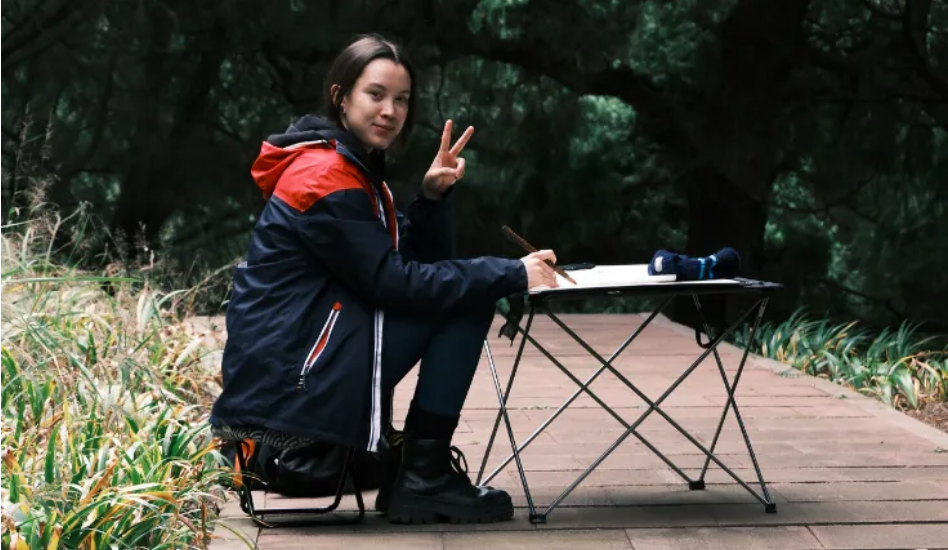
Tang Mei Tímea
Last year, during the recruitment event for the "Gender-Z International Youth Newscaster of Hangzhou Asian Games" at the China Academy of Art organized by Hangzhoufeel, Tang Mei showcased her calligraphic skills, writing the slogan of the Hangzhou Asian Games, "Heart to Heart, @Future,” to convey her blessings for the event.
Tang Mei is of Chinese and Hungarian descent. Her deep affinity for both cultures is expressed through her artwork.
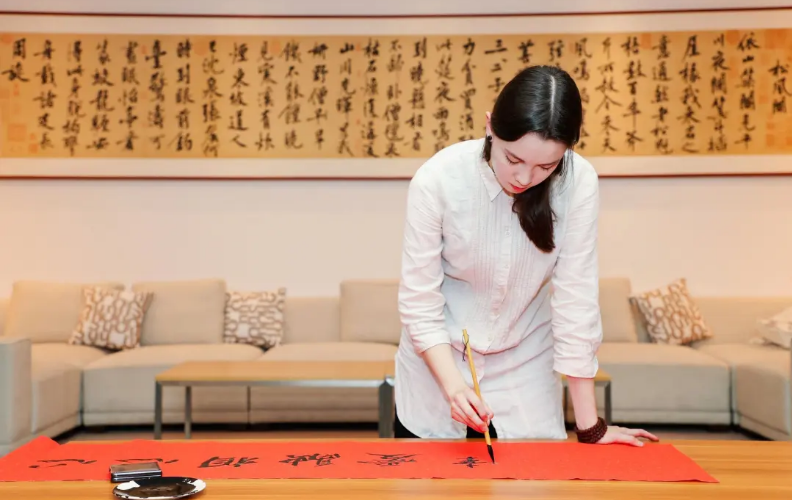

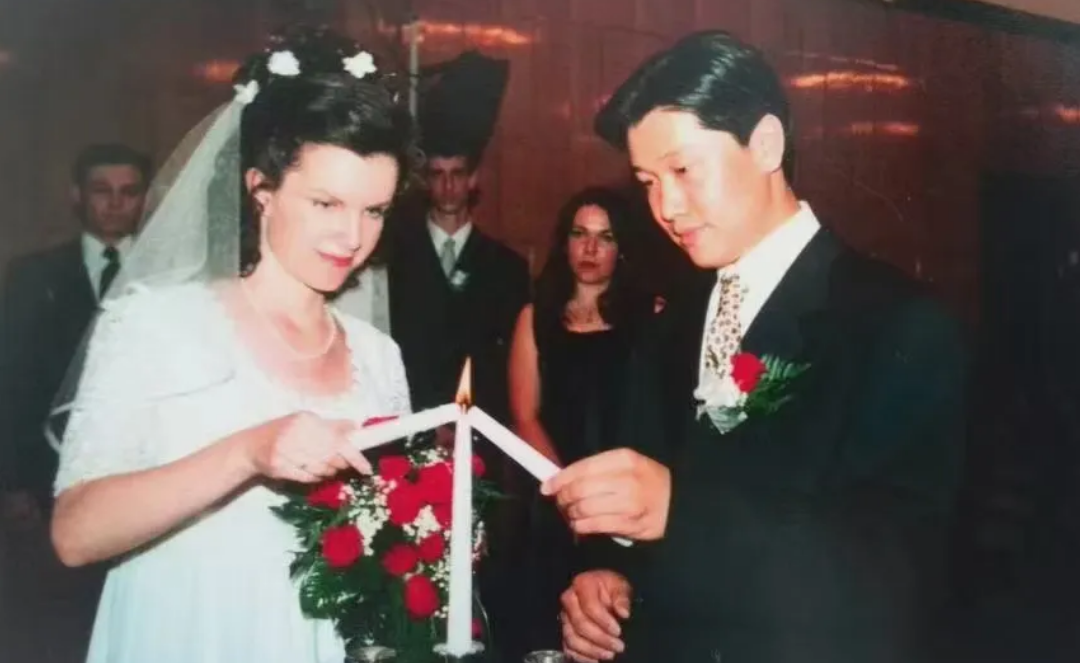
Tang Mei's parents

Tang Mei's keen artistic sensibility was evident from a young age, and she has brought the tradition of Chinese brush, ink, paper, and inkstone to Hungary. While studying Western sketching and color theory, she also studied Chinese painting and calligraphy at the Confucius Institute in Hungary.
During summer visits to China, Tang Mei traveled extensively, including to Hangzhou, where she was deeply impressed by the West Lake and Hefang Street. "That's when I truly understood the diversity of China's landscapes, geology, and cultures," she recalls.
After graduating from high school in Hungary and studying law for two years, Tang Mei realized her passion lay more in the philosophical aspects than in practical law, prompting a return to painting with her family's support.
"In my view, Chinese painting is the most philosophical of all arts," she explains.
I study in the sister city of Budapest
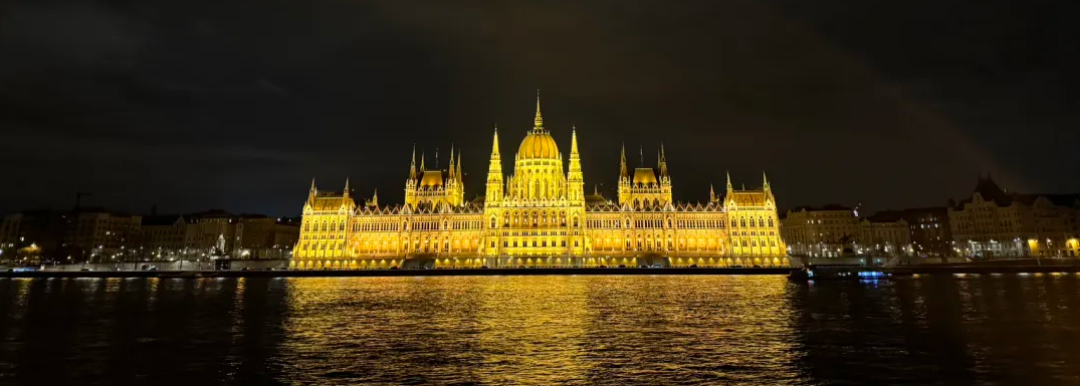
Hungarian Parliament captured by Tang Mei
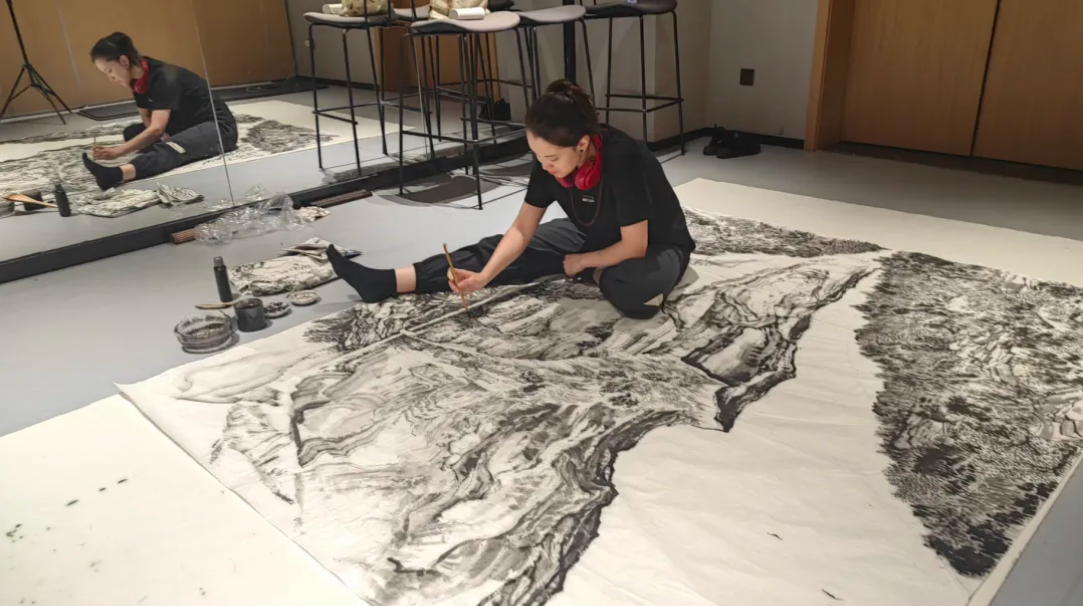
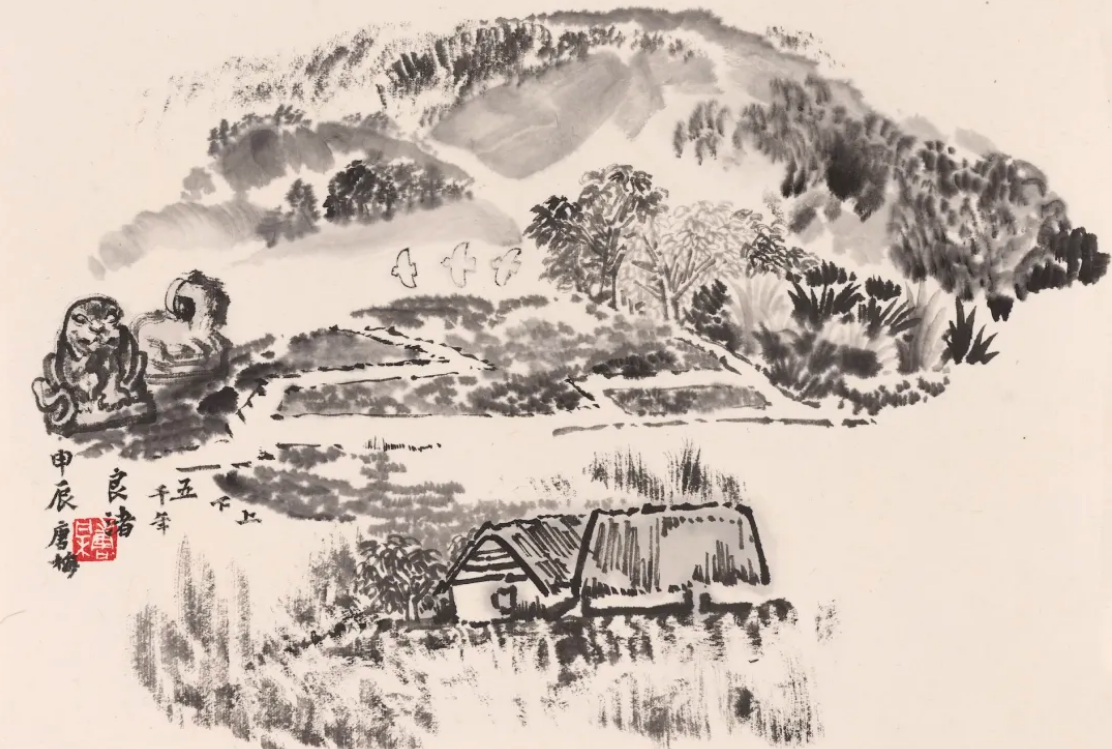
The Archaeological Ruins of Liangzhu Citypainted by Tang Mei
While studying in Hangzhou, Tang Mei often sketched around the school, the West Lake, and Longjing tea plantations. She recently visited the Archaeological Ruins of Liangzhu City to draw, inspired by the creative imagery of "divine animal face patterns".Tang Mei also attends calligraphy classes, believing that "the quality of lines is crucial in Chinese painting."

"Cantata Profana" story portrayed by Tang Mei through Chinese painting
Hungarian and Chinese cultures merge in her artworks. Using the Hungarian composer Béla Bartók's "Cantata Profana" as a backdrop, she portrayed the story through Chinese painting, replacing the image of a deer with ancient script to emphasize the timeless connection between different cultures."I once saw the Terracotta Warriors in Budapest!"
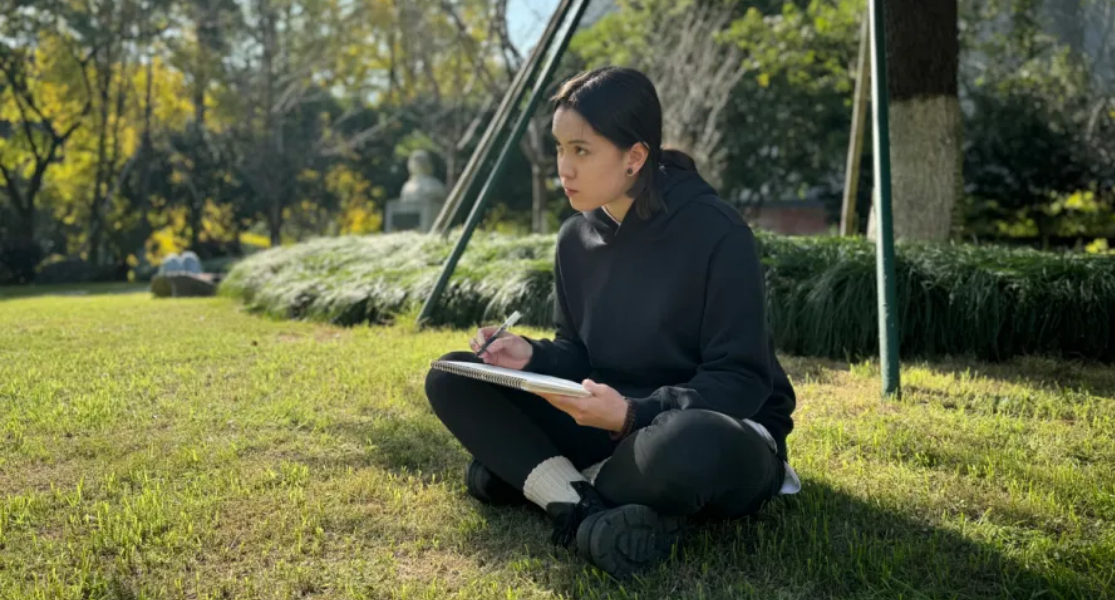
Tang Mei highlighted a significant railway project, the Hungary-Serbia railway, which connects the capitals of Hungary, Budapest, and Serbia, Belgrade. This railway is a flagship project under the "Belt and Road" initiative, with construction in Hungary already more than halfway complete.
"I even saw the Terracotta Warriors in Budapest a few years ago!" Tang Mei remarked. Exhibitions of Chinese artifacts are becoming frequent events in Budapest.

She also mentioned that the art of porcelain making, which originated in China, spread globally and has been preserved in Hungary, where several renowned ceramic brands still thrive today, such as Herendi Porcelán, Zsolnay Porcelán, and Hollóházi Porcelán.

Spring Festival Gala hosted by Chinese community in Budapest
"Both the media and the public here are very open to economic cooperation and cultural exchanges," Tang Mei said. Her father has been living and working in Hungary for nearly thirty years and finds the people incredibly welcoming. Hungary has a substantial Chinese community with its own social groups and publications. Hungarians interested in Chinese culture often participate in these community events. Each year, the local Chinese community organizes a Spring Festival Gala that attracts many Hungarian viewers.
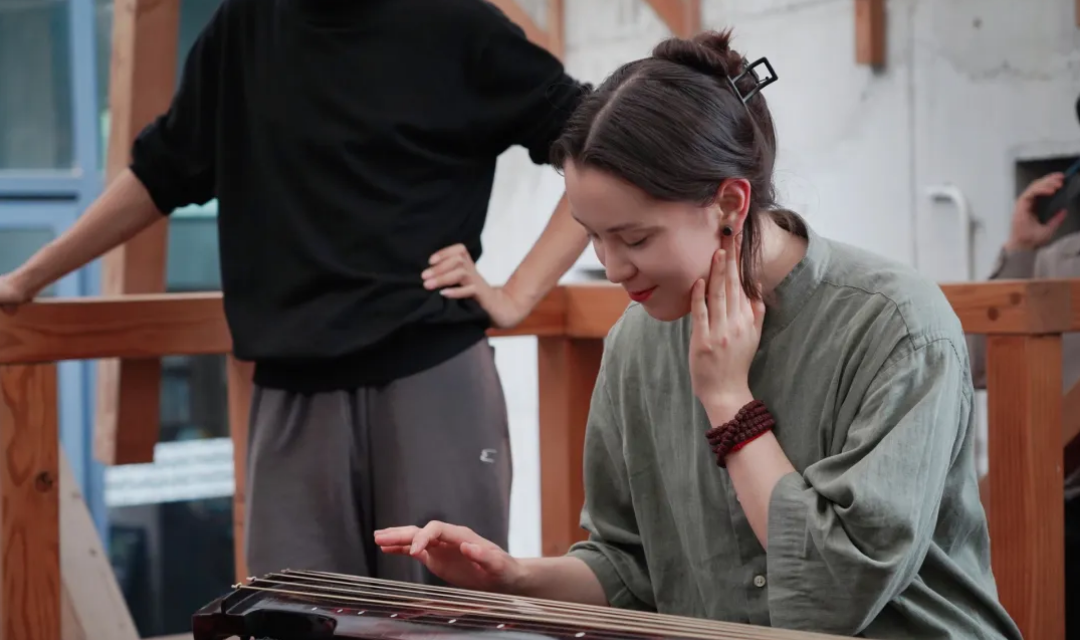
Tang Mei learning how to play guqin, a traditional Chinese instrument
Tang Mei noted that in recent years, several Hungarian elementary and secondary schools have introduced Chinese as a second foreign language. Increasing numbers of Hungarians are attending weekend classes at Chinese schools, including one of her Hungarian friends who learned Chinese at such a school and was admitted to Peking University.Looking ahead, Tang Mei is determined to deepen her study of Chinese culture, including Chinese painting, and to document her learning in Hungarian to share with more friends in Hungary.
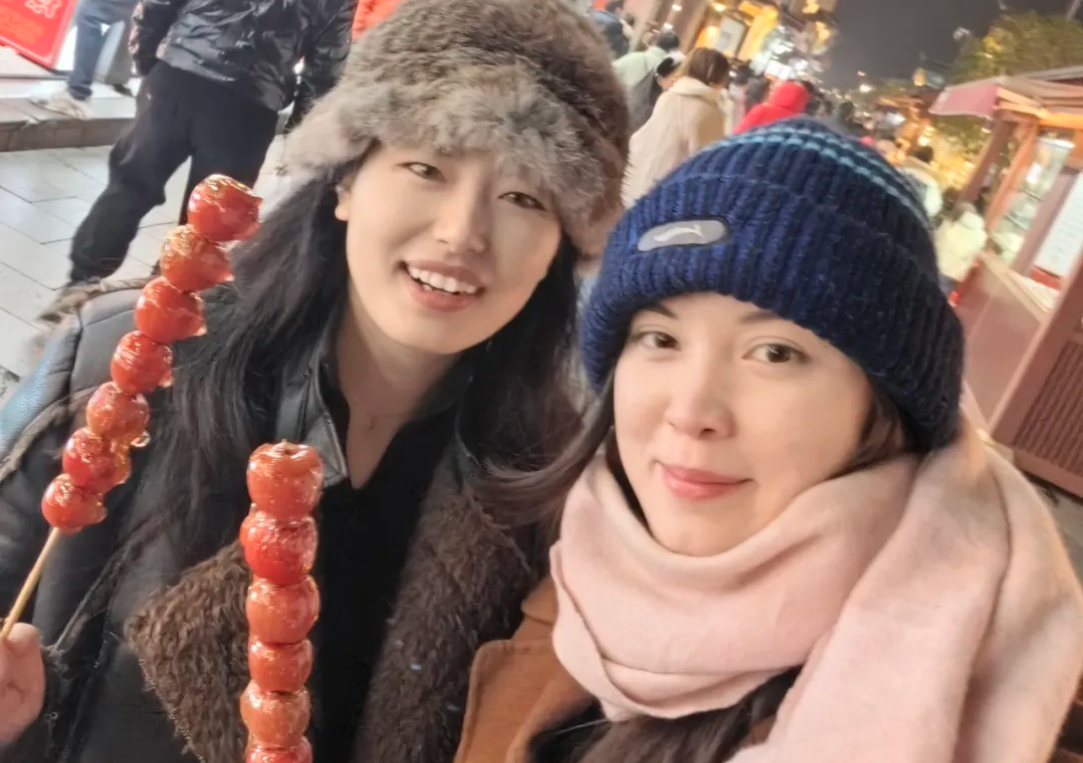
Tang Mei with her friend at Hefang Street, Hangzhou
Journalist: Jin YingyingEditor: Daria Fominykh
Senior editor: Zhou Ji
Source: Hangzhoufeel





 京公网安备
京公网安备